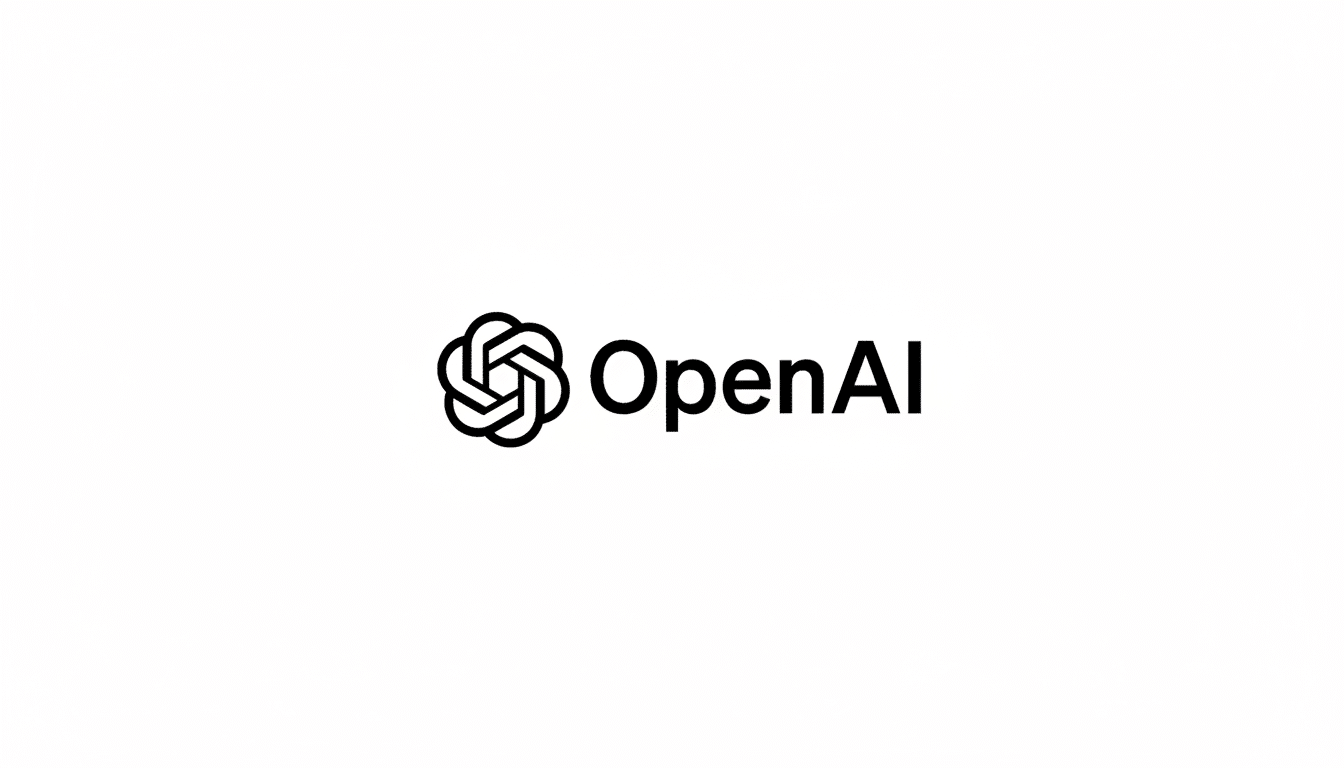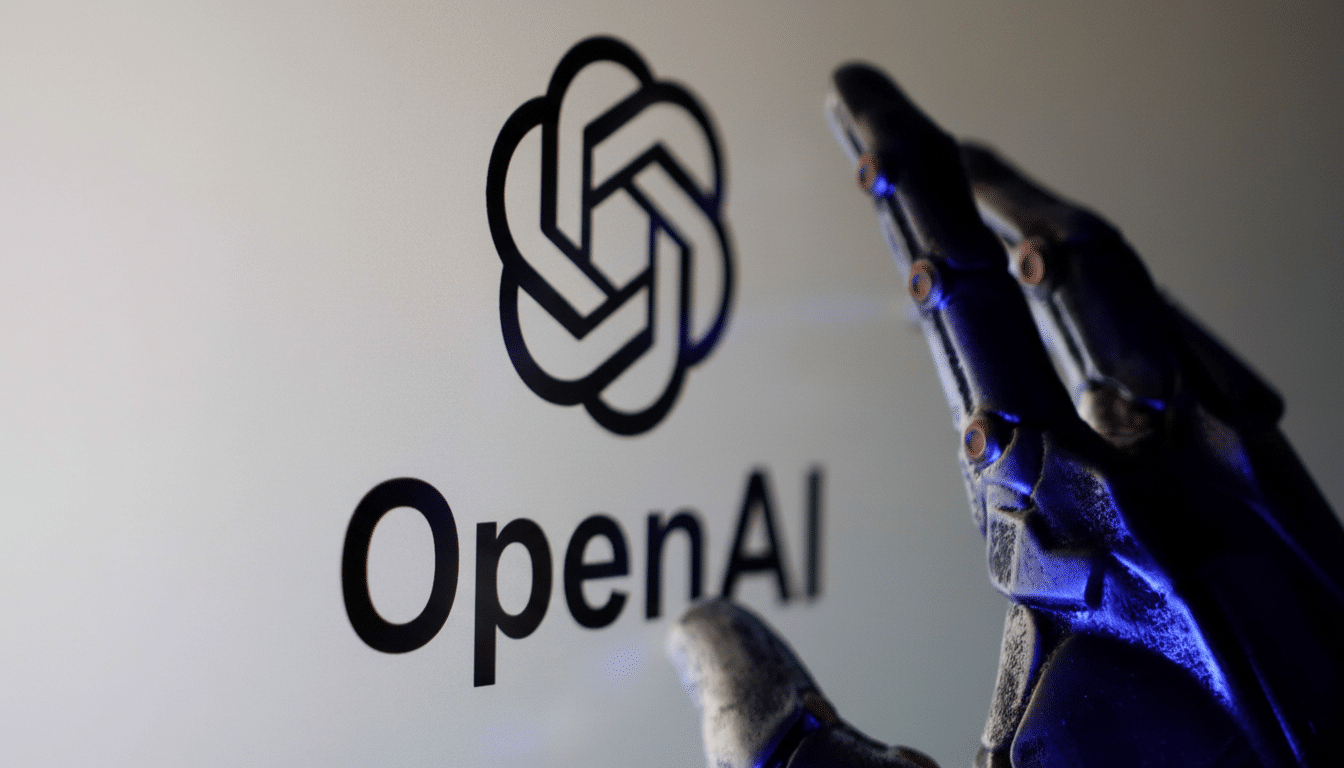A long-awaited always-on AI device from OpenAI, created with the help of designer Jony Ive, is running into serious product challenges that could delay its release from late 2022 to early 2023, reported the Financial Times. The challenges fall across three high-stakes fronts: creating the assistant’s voice and character, ensuring proper privacy in a form factor that is always listening, and budgeting for the substantial computing power needed to make using the service feel instantaneous and trustworthy.
It’s a bold idea — screenless companions that are small and feel more capable than today’s smart speakers — and the stakes are high. If the device takes off, it could help create a new hardware category for ambient AI. Should it trip, the Astro will be at risk of joining a growing pile of high-profile AI gadgets that have promised more than they’ve delivered.

Screenless Design and Always-On Ambitions
The device will communicate through a microphone, camera, and speaker; there will be no display on the gadget, according to sources quoted in the Financial Times. The idea is that it will live on a desk or table, but be easily portable too when pulled out of the home. Unlike standard smart speakers that wake when they hear a trigger phrase, this one is always on and reportedly uses onboard sensors to accumulate context during the day to enhance responses.
The vision raises quick questions of usability. Always-on sensing can make for fluid interactions — no wake word, less friction — but it also requires careful power management and strong on-device filtering to prevent a constant stream of data. The reward is a more useful assistant; the risk is a gadget that comes off as intrusive, has too short a battery life, or stumbles when internet service lags.
Compute and Cost Are the Hard Problem for Always-On AI
The most severe constraint behind the scenes might be inference cost and capacity. Local execution of bleeding-edge models on a small device is still constrained by memory, thermal headroom, and battery. Even the most optimized models that can run on high-end smartphones tend to need ample RAM and powerful NPUs, and they still pale next to the richest cloud models. This, of course, makes a cloud-first architecture appealing — as long as connectivity is rock-solid and the backend has enough headroom at consumer scale.
Industry analysts have repeatedly warned that large-model inference may be billed at several cents per complex query, and those pennies add up quickly for consumer hardware with many interactions. OpenAI’s dependence on hyperscale infrastructure like Microsoft’s cloud highlights the importance of balancing responsiveness, reliability, and cost. Any false move courts lag spikes or outages and throttling — deal-breakers for a device that has to feel both instantaneous and reliable.
Voice and Personality Is a Tightrope for Usability
Getting the assistant’s attitude right is more than a branding exercise; it goes to the core of usability. The team, according to the Financial Times, is tuning just how much the assistant should talk, or how swiftly it should complete tasks — and how personable its voice should sound without veering into either stilted or overly familiar. Ramble and seem ingratiating, the device can feel tiresome; be curt or robotic and it can feel unhelpful.
Voice choice also includes legal and cultural sensitivities. Recent scandals involving AI voice likenesses demonstrated how quickly a friendly-sounding voice can become a flash point. The winning formula probably goes something like: “emotionally intelligent succinctness here, being brief in context there,” and controls that let users adjust verbosity, confidence, and formality. It’s hard to get there with that many headaches — let alone on something you want to be ubiquitous.

Privacy and Trust Will Be Decisive for Adoption
An always-on gadget that builds “memory” from everything its sensors capture lands right in the privacy crosshairs. Regulators and advocates — from the Federal Trade Commission to the Electronic Frontier Foundation — have pushed for cleaner data retention limits, local processing by default, and clear, opt-in controls. Academics have published their own findings around accidental activations on popular voice assistants, once again highlighting the importance of robust, on-device gating before anything goes out from the device.
History offers cautionary tales. Previous reports have detailed snippets of recordings that contractors reviewed for quality control at big tech companies, which led to public uproars and policy shifts. If it is to earn trust, this device will have to feature hardware-level mics-off controls, visible indicators when capture is happening, granular permissioning for when the camera and audio are in use, and plain-language explanations of what data gets stored locally, sent to the cloud, and how long it sits somewhere.
Some Learnings From Recent AI Gadgets in the Market
Today’s launches provide an unflinching look at how quickly aspiration meets reality. Wearable and handheld AI devices have long grappled with latency, an inconsistent connection experience, battery drain, and uncertain everyday value. In one highly anticipated wearable device, reviews have been brutal about slow responses and limited usefulness, followed by the recall of a battery accessory — a grim example of how hardware dependability and cloud reliance can unravel an interesting idea.
The lesson for an always-on desktop assistant is simple: If it’s not answering quickly and reliably, and if its everyday utility isn’t glaringly obvious, consumers aren’t sticking around. Success would likely come from doing basic duties — summarizing messages, scheduling, controlling smart home products, and answering questions — with as little friction and near-zero wait times.
What to Watch Next as the Project Faces Delays
At the heart of The Financial Times’ article were some challenges the project now faces, typical for risky hardware projects — but they’re sizable ones that could delay a product launch. Important questions are left unanswered: How much can travel locally? How gracefully does it degrade with no connectivity? What guardrails and transparency tools come at launch? And can the business grow cloud capacity without processing lag or cost that becomes unacceptable?
If OpenAI and its design partner can find a way to tease apart those trade-offs — achieving ambient awareness while maintaining tight privacy controls, sub-second responsiveness — the device could reset what we expect of AI in the home. If not, it may become another headline-making prototype that could not shake free of the gravity of real-world constraints.

